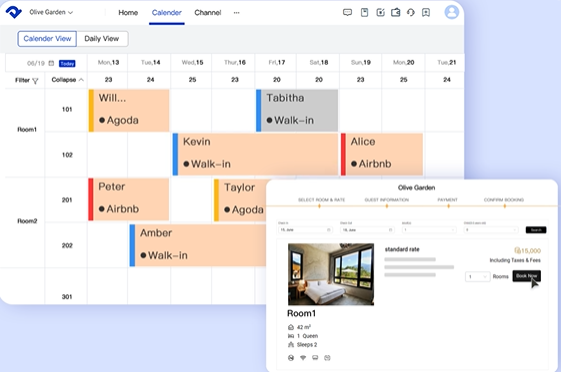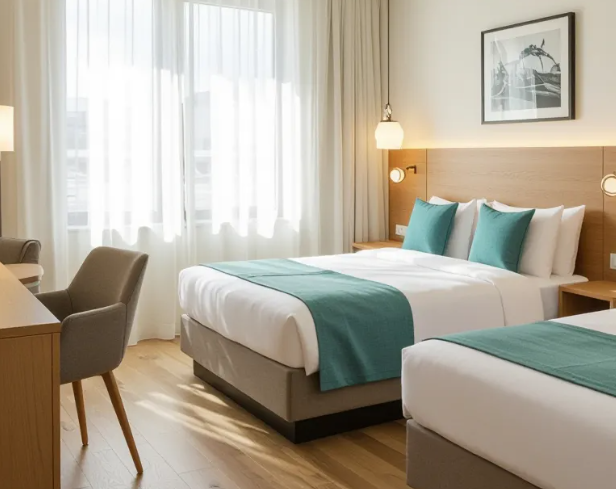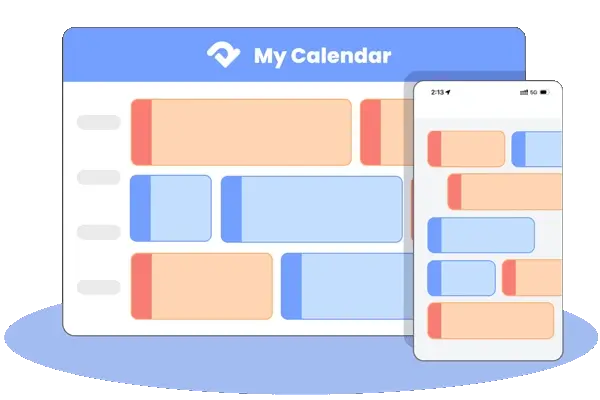Bleisure travel—the mix of business and leisure that’s reshaping how people hit the road—isn’t just a trend for big hotel chains. It’s a huge opportunity for small hotels, too. More and more travelers are adding extra days to work trips to explore, or blending meetings with local experiences. For small properties, this means a chance to fill rooms mid-week, attract repeat guests, and stand out without competing with big brands on size or flash. But to make the most of it, you need a clear plan. This playbook breaks down how small hotels can turn bleisure travelers into regulars.
Know the Bleisure Guest: Expectations and Behaviors
Understanding who bleisure travelers are is the first step. They’re professionals who want their trips to feel balanced—productive but not stressful, work-focused but with moments to unwind. Many are in their 20s to 40s, working in fields like tech, consulting, or creative services. They might stay 3-4 nights: 2 for meetings, 1-2 for leisure. Some travel alone; others bring a partner or friend for the extra days.
What do they need most? Reliable basics for work, but also easy access to leisure. Fast Wi-Fi isn’t a “nice to have”—it’s a must. They need a quiet spot to take a video call, whether that’s a corner of the lobby or a desk in their room. But they also want to skip the hassle of planning leisure. They’d rather a hotel suggest a great local café for a post-meeting coffee or a short hike that fits into a free afternoon. They don’t want to choose between a “business hotel” and a “vacation spot”—they want both, wrapped in the charm only a small hotel can offer.
Small hotels have built-in advantages here. Big chains might struggle to feel personal, but your property can lean into local flavor and flexibility. Here’s how to turn that into more bookings.
6 Strategies For Hotels To Attract More Bleisure Travelers
1. Redesign Your Space for Work-Life Balance
You don’t need a huge conference room to win bleisure travelers. Think about how to make existing areas work for both work and relaxation.
- Lobby or common areas: Set up a small nook with 2-3 comfortable chairs, a lamp, and power outlets. Add a small table where guests can place their laptops—this becomes a go-to spot for quick calls or focused work.
- Guest rooms: Place a compact desk near a window (natural light boosts focus) and include a printed card with Wi-Fi details, password, and even a note like, “Need a quieter spot? Our lobby nook is open 8 AM–8 PM.”
- Outdoor spaces: If you have a garden, patio, or balcony, add 1-2 tables with umbrellas. Some guests prefer taking calls surrounded by greenery over a closed room—this small touch sets you apart.
2. Create Bleisure-Focused Packages
Design deals that match their split schedule: work time in the morning, leisure in the afternoon or evening. Keep names simple so guests instantly get the value.
- “Work + Wind Down” Package: Includes a 7 AM coffee delivery to the room (so they can start early) and a 10% discount at a nearby yoga studio or massage parlor for their free evening.
- “Stay an Extra Day” Deal: Book 2 nights for work, get the 3rd night at 20% off. Add a free local map with your top 3 recommendations (e.g., “Try the sunset walk at Oak Park—10 minutes from here”).
- “Solo Explorer” Bundle: For single travelers, include a workspace upgrade (e.g., a larger desk) and a voucher for a solo dinner at a cozy local restaurant.
3. Partner with Local Businesses for Added Value
You can’t offer everything, but you can connect guests to the best of your area. This makes your hotel feel like a “local insider” rather than just a place to sleep.
- Cafe collaborations: Team up with a nearby cafe to offer a “Work From Here” pass. Guests who show their hotel key get a free pastry with their coffee—great for days they want a change of scenery.
- Short tours or activities: Partner with a local guide for 2-hour experiences that start at 4 PM (perfect for post-meeting free time). Think “Afternoon Art Walk” or “Craft Brewery Tour”—promote these as “exclusive to our guests.”
- Dining recommendations: Work with 2-3 top local restaurants to offer priority seating for your guests. Add a note on your booking page: “Book with us, and skip the wait at Maria’s Bistro—we’ll reserve your table.”
4. Make Booking and Staying as Easy as Possible
Bleisure travelers are busy—they don’t want extra steps. Streamline their journey from booking to check-out.
- Direct booking perks: Let guests book on your website with a 2-step form. Add a checkbox: “Need a workspace?” or “Traveling with a guest for leisure?” Use their answers to prepare (e.g., add an extra chair if they’re with a partner).
- Flexible check-in/out: Offer 3 PM check-in for those arriving after morning meetings and 12 PM check-out for leisure days. Add a note: “Need a later check-out? Just ask—we’ll do our best to accommodate.”
- Pre-arrival communication: Send a short email 1 day before their stay: “We see you’re here for 3 nights. Want us to book a table for your second evening? Reply with ‘yes’ and we’ll handle it.”
5. Show Off Your Bleisure Appeal Online
Your website and social media should scream, “We get what you need.” Use clear language and visuals to prove it.
- Dedicated webpage: Create a “For Bleisure Travelers” page listing work perks (fast Wi-Fi, work nooks) and leisure highlights (nearby trails, late checkout). Add a quote from a past guest: “Loved finishing my report in the lobby nook, then hiking—no need to switch hotels!”
- Social media content: Post photos of real guests using your space: a guest typing on a laptop in the lobby with a latte, then the same guest smiling on a local beach. Caption: “Work in the morning, explore in the afternoon—this is how our guest spent their stay.”
- SEO-friendly details: Include phrases like “business-friendly small hotel [Your City]” or “bleisure stays near [local landmark]” so travelers find you when they search.
6. Use Simple Tools to Manage Bookings
You don’t need expensive software. Focus on tools that save time and keep things organized.
- Direct booking engine: Use an affordable tool to let guests book packages without OTAs—this cuts fees and lets you track what’s popular.
- Basic calendar app: Note which guests need workspaces or have extra days. A quick “John: needs quiet room, 3rd night stay” helps your team prepare.
- Free email tool: Set up templates for pre-arrival messages (e.g., “Looking forward to your stay—here’s your Wi-Fi info”) to avoid repeating work.

Smart Order Direct Booking Engine
Offers commission-free direct bookings, OTAs sync, multi-calendar view, unified inbox, supports multiple payments, and boosts revenue.
Avoid These Common Mistakes
- Don’t make workspaces boring: Add a small plant or a local postcard to desks—keep them in line with your hotel’s vibe.
- Don’t ignore solo travelers: 40% of bleisure trips are alone. Offer single-occupancy rates that include work perks (no need to pay for a double room to get a desk).
- Don’t overpromise: If your Wi-Fi is slower in basement rooms, say so: “Rooms 101–103 have great Wi-Fi for video calls—just ask at check-in if you’d prefer one.”
Turn Bleisure Into Long-Term Growth
Bleisure travel isn’t going away. It’s how people want to travel now—productive, but not pressured; work-focused, but with room to enjoy the journey. Small hotels are perfectly placed to serve this group. You don’t need a big budget—just a focus on what these travelers really need: easy work setups, simple access to local fun, and the kind of personal touch that makes them remember your hotel.
Start small. Pick one thing this week: set up a lobby work nook, partner with a local café, or add a “Stay an Extra Day” package to your website. Then listen to your guests. Ask them what worked and what didn’t. Adjust as you go. Before long, you’ll turn first-time bleisure travelers into guests who come back—for work, for leisure, and everything in between.

